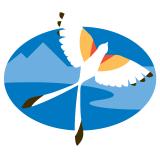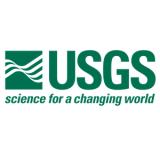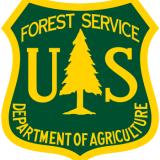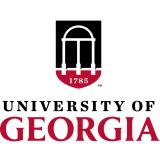Using Soil Moisture Information to Better Understand and Predict Wildfire Danger: A Symposium for Researchers and Fire Managers
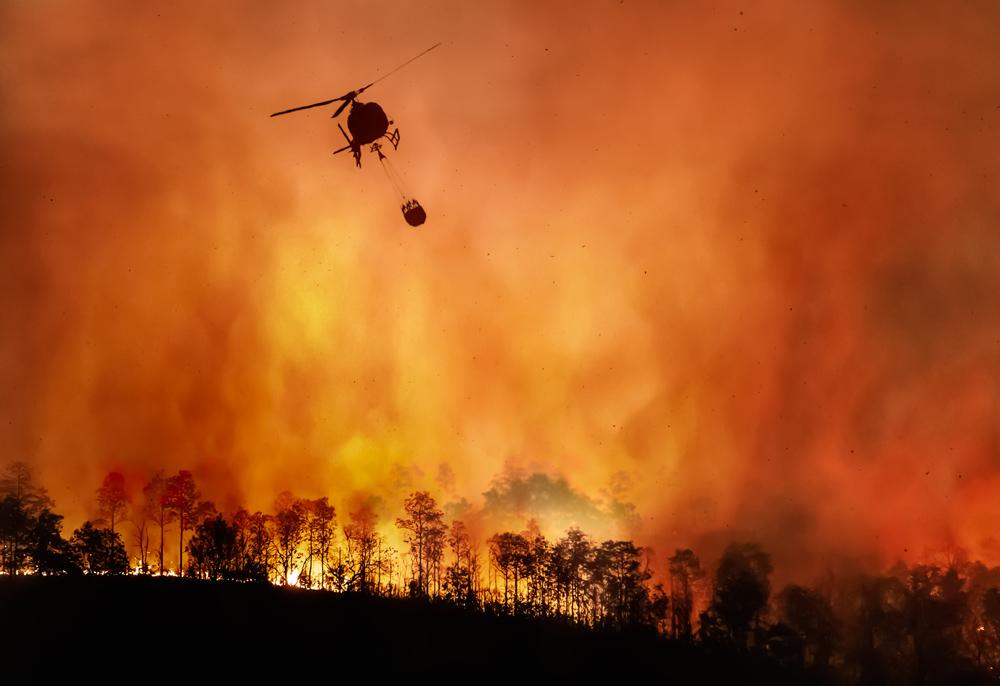
This online symposium presented the latest advances in using soil moisture information to better understand and predict wildfire danger. Recent discoveries are revealing the potential for soil moisture estimates from in situ monitoring stations, remote sensing, and models to improve fire danger predictions and to advance our understanding of fire behavior.
This interactive symposium provided a forum to build connections between researchers and managers, to share relevant research in this area, and to identify ways to move forward with new research and end uses.
You can access recordings of all the workshop presentations below.
Symposium Agenda
| Time | Topic/Presentation Title | Speaker/Moderator |
|---|---|---|
| 9:00–9:15 | Welcome, Objectives, and Logistics | Matthew Levi, Crop and Soil Sciences, University of Georgia; Mike Langston, South Central Climate Adaptation Science Center, U.S. Geological Survey |
| 9:15–9:30 | Introductions - Breakout Group Activity | Tyson Ochsner, Plant and Soil Sciences, Oklahoma State University |
| 9:30–9:55 | Current Trends in Wildfire Occurrence, Impacts, and Modeling | Matt Jolly, Rocky Mountain Research Station Fire Sciences Laboratory, U.S. Forest Service |
| 9:55–10:00 | Break | |
| 10:00–10:25 | Microwave Retrievals of Soil Moisture Improve Grassland Wildfire Predictions | Angela Rigden, Earth and Planetary Sciences, Harvard University |
| 10:25–10:50 | Land-Cover Dependent Relationships Between Fire and Soil Moisture | Brian Magi, Geography and Earth Sciences, University of North Carolina at Charlotte |
| 10:50–10:55 | Break | |
| 10:55–11:20 | Satellite Hydrology Observations as Operational Indicators of Forecasted Fire Danger across the Contiguous United States | J. T. Reager, Terrestrial Hydrology Group, NASA Jet Propulsion Laboratory |
| 11:20–11:45 | NASA's Interests/Efforts Linking Soil Moisture and Wildfire Danger | John Bolten, Hydrological Sciences Branch, NASA Goddard Space Flight Center |
| Time | Topic/Presentation Title | Speaker/Moderator |
|---|---|---|
| 12:45–1:10 | Monitoring Trends in Burn Severity: Available Data and Tools | Seth Bogle, Geospatial Technology and Applications Center, U.S. Forest Service |
| 1:10–1:35 | Fire Danger Rating Systems and Potential for Integrating Soil Moisture Information | J. D. Carlson, Biosystems and Agricultural Engineering, Oklahoma State University |
| 1:35–1:40 | Break | |
| 1:40–2:05 | Development of Predictive Models of Forest Disturbances Across the Pacific Northwest | Nicholas Coops, Forest Resources Management, University of British Columbia |
| 2:05–2:30 | Simple Soil Moisture Model for High Resolution Simulations to Inform Wildfire Danger Assessments | Matthew Levi, Crop and Soil Sciences, University of Georgia |
| 2:30–2:35 | Break | |
| 2:35–3:00 | Using Soil Moisture Information to Model Grassland Fuel Loads and Fuel Moisture | Tyson Ochsner, Plant and Soil Sciences, Oklahoma State University |
| 3:00–3:25 | Breakout Groups: What Have You Learned? What Questions Remain? What Is Your Next Step? | – |
| 3:25–3:50 | Panel Discussion: Respond to Questions from Breakout Groups |
Moderator: Marina Skumanich, NOAA/NIDIS |
| 3:50–4:00 | Acknowledgements and Wrap-Up | Matthew Levi, Crop and Soil Sciences, University of Georgia; Tyson Ochsner, Plant and Soil Sciences, Oklahoma State University |
Sponsored by the U.S. Geological Survey South Central Climate Adaptation Science Center, with additional programmatic support provided by the U.S. Forest Service, the National Coordinated Soil Moisture Monitoring Network, and NIDIS.
Organizing Committee:
- Matthew Levi, Crop and Soil Sciences, University of Georgia (co-chair)
- Tyson Ochsner, Plant and Soil Sciences, Oklahoma State University (co-chair)
- Stephanie Connolly, U.S. Forest Service, Office of Sustainability and Climate
- Marina Skumanich, NOAA/NIDIS, National Coordinated Soil Moisture Monitoring Network
For more information, please contact Matthew Levi (matthew.levi@uga.edu) or Tyson Ochsner (tyson.ochsner@okstate.edu).


